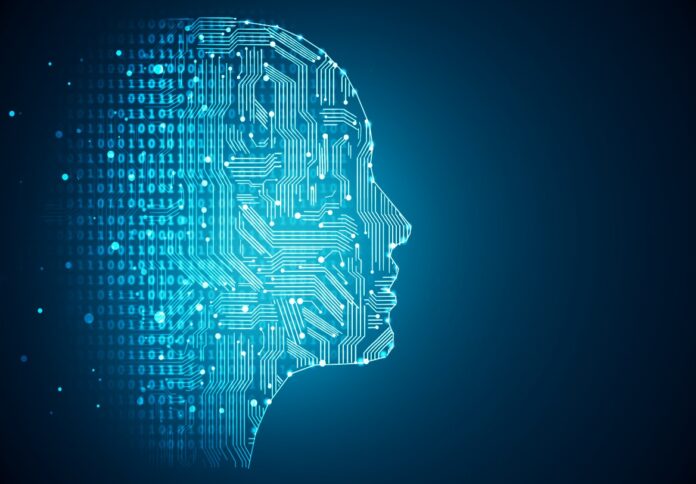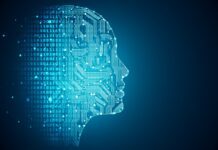
The human brain is naturally equipped to perform intricate calculations, akin to high-powered computers, through a process known as Bayesian inference, according to a study published in the journal Nature Communications.
Researchers hailing from esteemed institutions such as the University of Sydney, University of Queensland, and University of Cambridge have crafted a mathematical model that mirrors the inner workings of the human brain, specifically in the realm of visual processing.
The said model encompasses all the elements required to execute Bayesian inference, which is a statistical technique that combines prior knowledge with fresh evidence, thereby facilitating intelligent guesswork.
To illustrate, if an individual possesses knowledge of what a dog looks like and subsequently encounters a furry, four-legged creature, they might employ their preexisting knowledge to deduce that it is a dog.
This intrinsic capability empowers humans to interpret their surroundings with remarkable precision and swiftness, distinguishing them from machines that might stumble when tasked with elementary CAPTCHA security measures, such as identifying fire hydrants in a panel of images.
Dr Reuben Rideaux, the senior investigator of the study from the University of Sydney’s School of Psychology, commented, “Despite the conceptual appeal and explanatory power of the Bayesian approach, how the brain calculates probabilities is largely mysterious.”
He continued, “Our new study sheds light on this mystery. We discovered that the basic structure and connections within our brain’s visual system are set up in a way that allows it to perform Bayesian inference on the sensory data it receives.”
Dr Rideaux emphasised the significance of this discovery lies in the affirmation that brains possess an inbuilt architecture conducive to this advanced mode of processing, thereby enhancing people’s ability to comprehend the environment more efficiently.
According to the research team, the study’s findings not only validate existing theories concerning the brain’s utilisation of Bayesian-like inference but also usher in a new era of research and innovation.
Dr Rideaux elaborated, saying, “Our research, while primarily focussed on visual perception, holds broader implications across the spectrum of neuroscience and psychology.”
“By understanding the fundamental mechanisms that the brain uses to process and interpret sensory data, we can pave the way for advancements in fields ranging from artificial intelligence, where mimicking such brain functions can revolutionise machine learning, to clinical neurology, potentially offering new strategies for therapeutic interventions in the future,” he explained.
The research team, spearheaded by Dr William Harrison, unravelled this discovery by monitoring brain activity in volunteers as they passively viewed specially engineered displays designed to elicit precise neural signals linked to visual processing.
Subsequently, they formulated mathematical models to compare various hypotheses concerning how the human brain perceives vision.
For further insights, the study is available on this website.



















